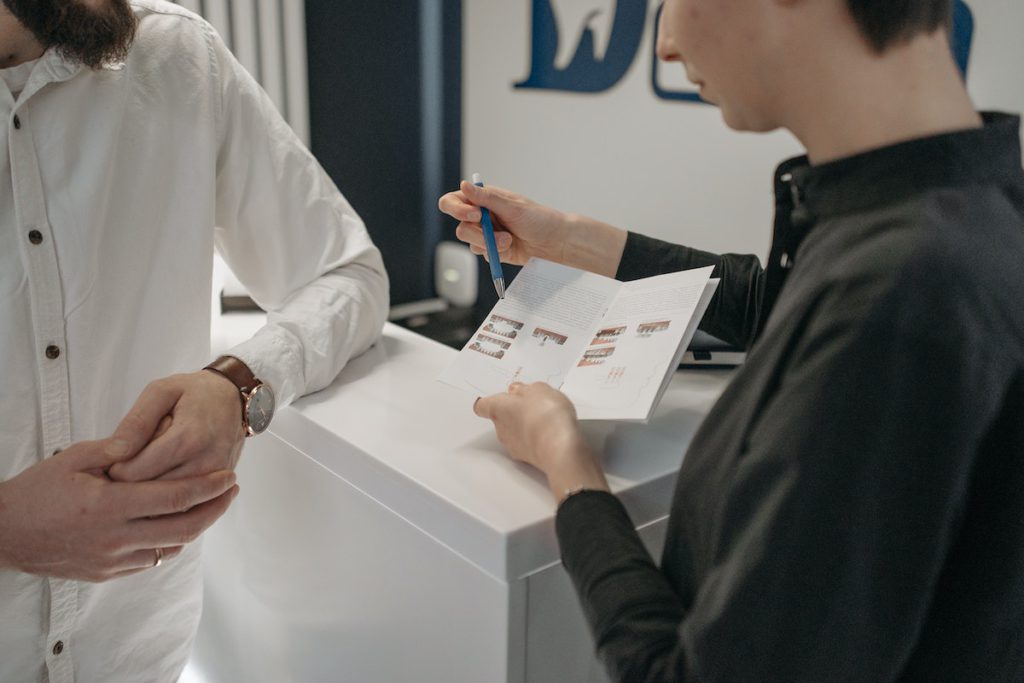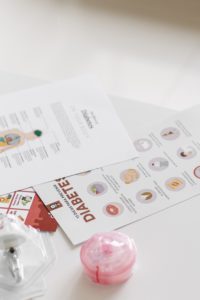Importance of Patient Education Pamphlets
5 min read
Patient educational materials, which are booklets, are a primary concern of the system of health promotion, and nurses focus the majority of their educational activities on the contents of such booklets in order to guide patients’ educational processes. Patient education brochures are capable of breaking down complex procedures, diseases, and therapies into appropriate, easily-read materials, which allows patients to retain the essential information once they have left their providers’ offices.
Engaging patients and families using tools such as patient education brochures helps to improve healthcare outcomes and empowers patients to become more involved in informed decision-making. The best healthcare patient education materials and infographics engage patients and help them to make informed decisions. That is where patient pamphlet materials come in: They help give your patients more information about their health conditions, procedures, and treatments.
They surely deserve information on common diagnoses and causes – your practice patient education resources should not, however, limit themselves to treatment options and prevention measures. These patient education resources improve your visits, providing information beyond the doctor’s talk, and they may have lasting effects on your healthcare journey.
When providers are able to provide resource materials or websites for patients to review at home, it incentivizes active participation in the education initiative for your healthcare. This is why it is critical that your practice offers reference materials for patients to take home. Especially with regards to physics, taking-home resources like pamphlets and booklets are just providing a jumping-off point to understand; patients will come home and do much more research themselves.
Providing digital materials makes it easier for people to utilize your resources rather than searching online for information. As people depend more on technology to find health content, you will want to think about new ways to provide these digital educational options. If they can access educational materials digitally from anywhere, the chances are good they will take advantage of it.
By providing education booklets, and worksheets for patients to complete over time, including links to digital content, etc., patients are given more time to digest the information that is being given to them. This can result in healthier conversations between patients and providers, as patients are able to ask more informed questions about their health and feel more empowered during the healthcare journey. When receiving literature from a trusted provider, a patient can gain additional knowledge about their diagnosis, condition, and treatment plan, advance their understanding, as well as use that information to conduct additional research, as needed.
Better education also helps patients to understand what set of treatments is best suited to their condition, and to avoid unnecessary trips to the hospital. Education after an appointment helps patients heal appropriately and avoid many complications. Patient education can help providers educate and remind patients about proper ways to manage their own care and avoid unnecessary hospital readmissions.
 According to one study conducted at the JMIR human factors, tools providing a variety of sources, summaries, and informative blog posts are helpful for helping patients to educate themselves outside the practice setting.
According to one study conducted at the JMIR human factors, tools providing a variety of sources, summaries, and informative blog posts are helpful for helping patients to educate themselves outside the practice setting.
Targeted messages may connect with educational blog posts, videos, and other online resources, delivered directly to patients’ mobile phones, in order to promote better outcomes. Instead of investing staff time in manually reaching patients, providers can engage patients via automated text messages.
To learn more about how a thoughtful, patient-centric communications strategy can deliver consistent patient education pamphlets and improve patient experiences, download our White Paper, Engaging Patients to Support Value-Based Care Initiatives. Throughout every phase of a patient’s journey, keeping patients informed and educated improves outcomes–from patient satisfaction to quality of life–the very goal of value-based care.
As providers and health marketers acknowledge the undeniable benefits of effective education for improving patient outcomes, better, easier-to-understand, and effective methods for communicating information are needed. For an increasing number of hospitals and practices, the key to informing patients–and making sure that they are well informed about the recommendations they make about care–is straightforward: Effective communication with patients and families. Consensus also needs to develop among physicians and health systems on the importance of providing educational materials in the most effective formats — that way patients will understand information, feel comfortable about their care, and feel confident using that knowledge when they face their conditions.
Clinical decision-support tools such as VisualDX offer educational materials for both providers and patients to utilize. Given that some patients receive therapies in their homes, like oral chemotherapy and cvCathlet management, and others face the complex demands of routine chemotherapy infusions across multiple settings, educational programs can be the true difference between compliance with the regimen and resulting outcomes. Professionally written patient booklets can be an enormous time-saving tool.
The team at Show Your Love has developed a number of patient-friendly health information and engagement brochures. In sum, the team at Show Your Love hopes to see more collaboratively designed, creative health materials made available to patients, especially those featuring photos and graphics representative of themselves and their communities.
Informed by patients and providers, and creatives like an illustrator, The Show Your Love team translates complicated medical information into easily read, accessible handouts that promote well-being. They were able to reinforce key messages to healthcare providers and the public about certain topics selected for the patient education materials, while also covering others the surveys indicated were interesting to consumers.
Although written materials are the most effective and cost-effective methods of outreach and patient education, they are typically written at a level of literacy beyond the patient’s own, and therefore, the majority of patients lack the capacity to read at this level and therefore are not able to adequately comprehend the healthcare message. This is one of the reasons why changes in patients’ behaviours are occurring such that the lower level of literacy of patients in comparison with readability levels of education booklets may be considered a communication barrier to sending and receiving the information correctly to patients and conveying entirely different concepts in that regard.





